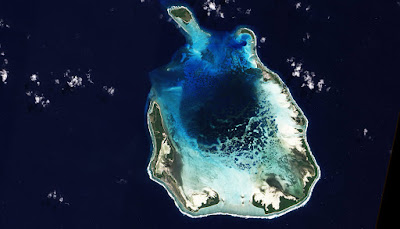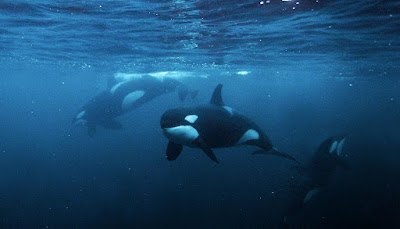DARWIN’S THEORY ABOUT ATOLLS IS ‘BEAUTIFUL’ BUT WRONG
Charles Darwin produced a "beautiful" concept of how atolls form. But, say scientists, he did not have a key item for information.
Aquatic geologist and oceanographer André Droxler knows Darwin's concept about atolls is inaccurate. But Droxler, who's examined reef for greater than 40 years, understands why Darwin's model continues in textbooks, college lecture halls, all-natural scientific research galleries, and Wikipedia entrances.
Game Tembak Ikan Dengan Deposit
"IT'S AMAZING, WHEN YOU COMPARE SATELLITE IMAGES OF REEFS TODAY VERSUS HIS MAP. IT'S ALMOST THE SAME. IT'S UNBELIEVABLY ACCURATE."
"It is so beautiful, so simple and pleasing that everyone still instructs it," says Droxler, that recently retired from Rice College. "Every initial book you can find in planet scientific research and aquatic scientific research still has Darwin's model. If they instruct one point about coral reefs or carbonates in aquatic scientific research 101, they instruct that model."
Droxler, a teacher of planet, ecological, and worldly sciences at Rice for 33 years, is wishing to set the record straight with a paper about the beginnings of atolls. Droxler and longtime collaborator Stéphan Jorry, an aquatic geologist and oceanographer at the French Research Institute for Expedition of the Sea, record their operate in the Yearly Review of Aquatic Scientific research.
DON'T CRASH THE BEAGLE
Darwin's concept about the development of atolls was released in 1842, 6 years after his famous trip aboard the British survey deliver HMS Beagle. A geologist by educating, Darwin was keenly interested in the rocks and landforms he encountered in his 5 years aboard the Beagle. The ship's primary objective was checking coastlines and hazards to navigating, and the ship's orders consisted of gathering detailed monitorings of the trends and sea midsts about a coral reefs atoll.
"They invested a great deal of time mapping coral reefs because they were such hazards to shipping," Droxler says of the Imperial Navy. Atolls were especially fascinating and harmful. Some were covered with low-lying islands but many were rugged rings of coral-topped shake that rested simply listed below the water's surface, ready to tear all-time low from negligent passing ships. "They come from the abyssal ordinary of the sea to almost no deepness," Droxler says. "So they had to know exactly where they were located."
The Beagle, such as every Imperial Navy vessel, carried graphes with the marked place of every known coral reef, and Darwin put these to use in his 1842 paper.



